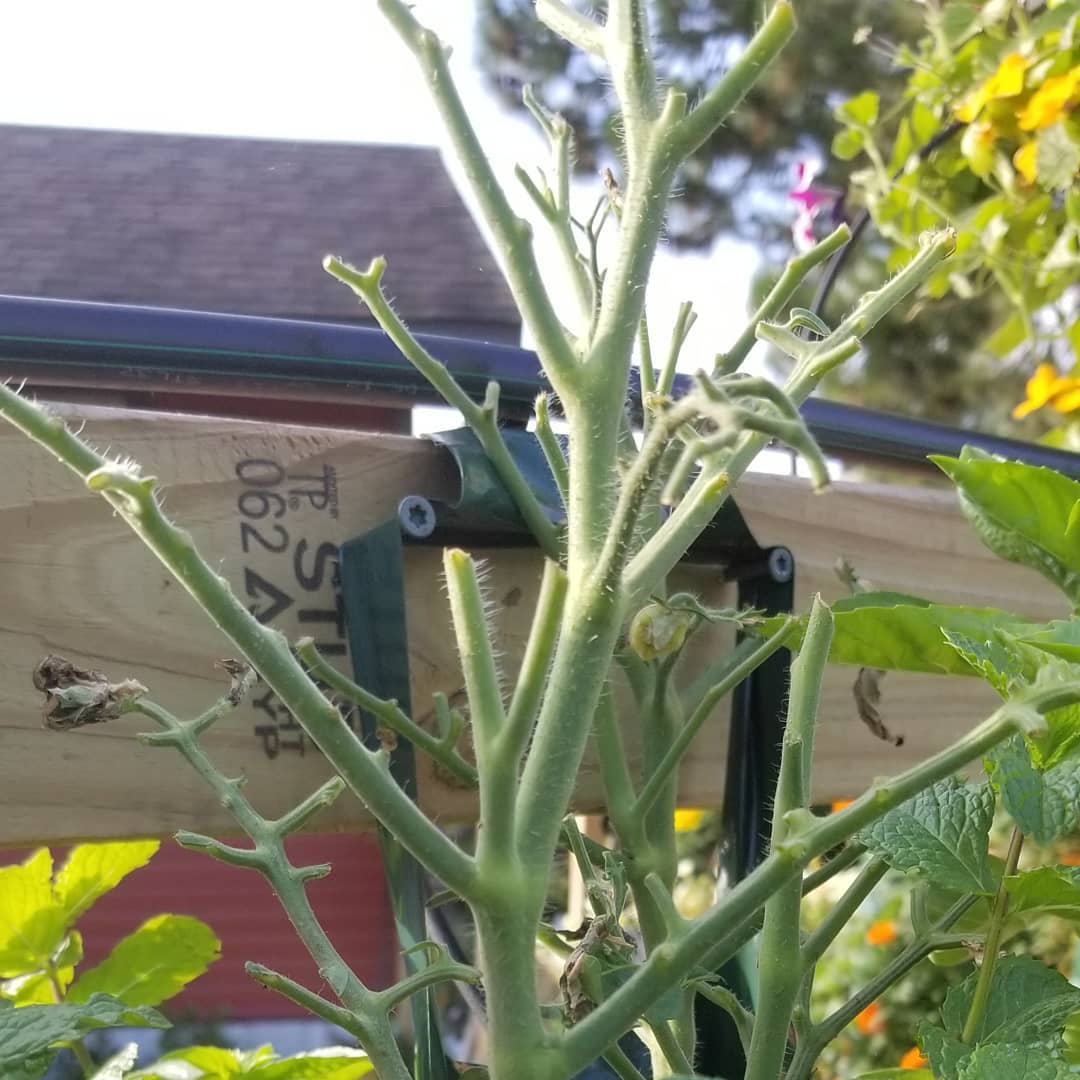
If you’ve ever wondered, “What is eating my tomato plant stems?” then you’re not alone. Many gardeners have encountered this issue and it can be frustrating to see your hard work being destroyed by pests. In this comprehensive guide, we will discuss the most common pests that attack tomato plants and provide you with effective strategies to control them. By following these tips, you can protect your tomato plants and ensure a healthy harvest.
Table of Contents
Common Pests that Eat Tomato Plant Stems
There are several pests that are known to feed on tomato plant stems. Identifying these pests is the first step towards controlling them effectively. Here are the most common culprits:
1. Beetles
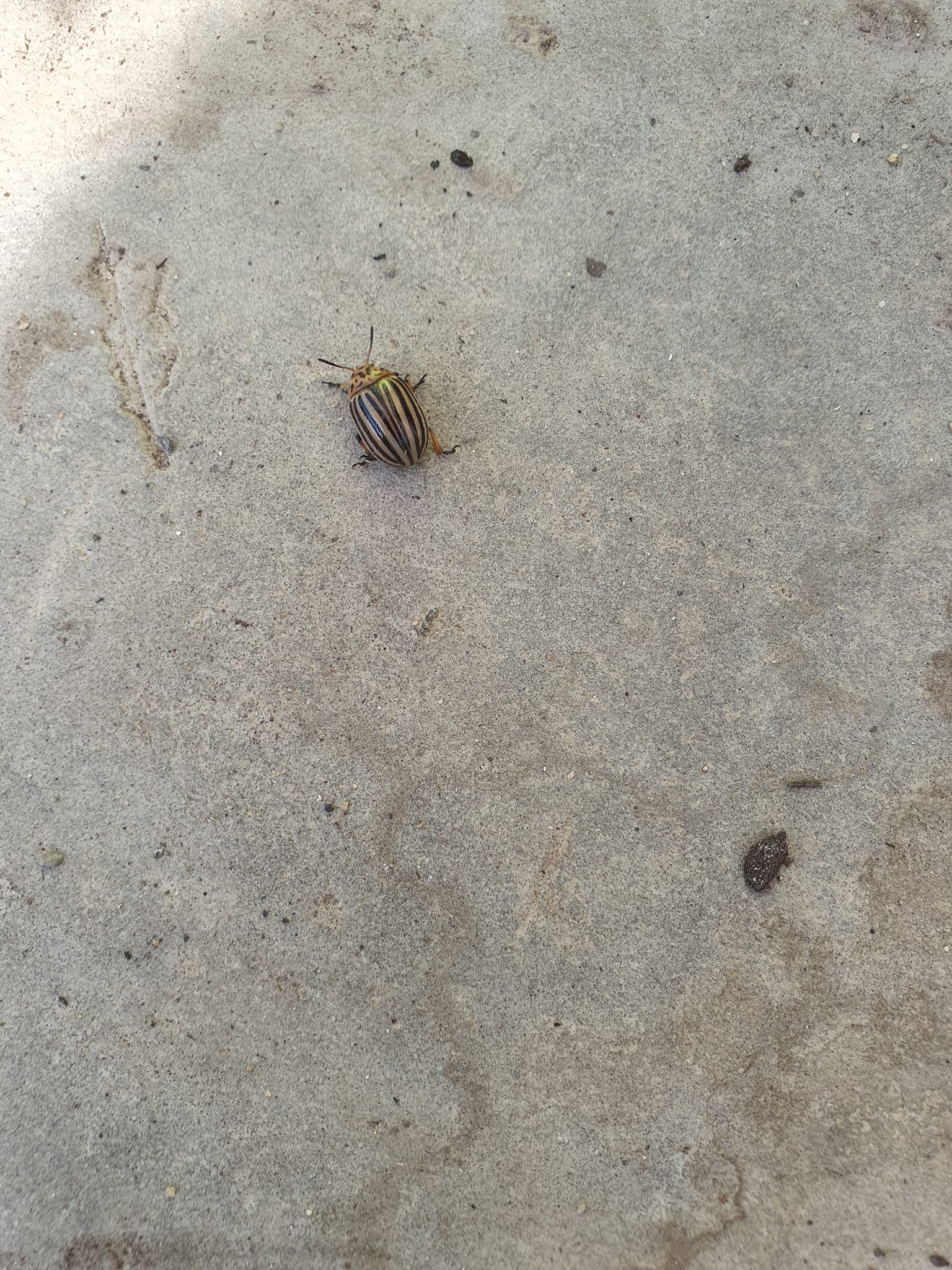
Beetles such as Colorado potato beetles, flea beetles, and blister beetles are notorious for damaging tomato plant stems. They typically lay their eggs near the stems, and when the larvae hatch, they feed on the stems, causing significant damage. Identifying beetles is relatively easy, as they can be found on the leaves and create holes in both the stems and leaves of the plant. Look for beetles on undersides of leaves and holes in leaves/stems. Handpick adults, use insect barriers, or apply neem oil.
2. Moths and Caterpillars
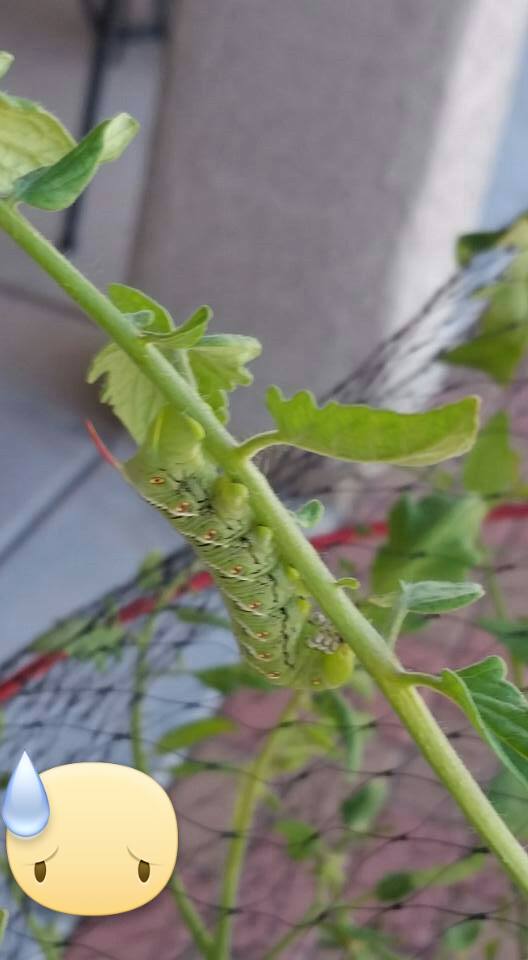
While moths themselves do not eat tomato plant stems or leaves, their larvae can be a major problem. Moths such as corn earworms and tomato hornworms lay their eggs on tomato plants, and when the larvae hatch, they feed on the stems and leaves. You can easily spot these caterpillars on your plants as they are not hidden and create noticeable holes in the leaves and stems. Tomato hornworms and earworms (corn borers) are very destructive. Look for fat green worms with horns on foliage. Manually remove them or use Bt toxin sprays targeting larvae.
3. Spider Mites
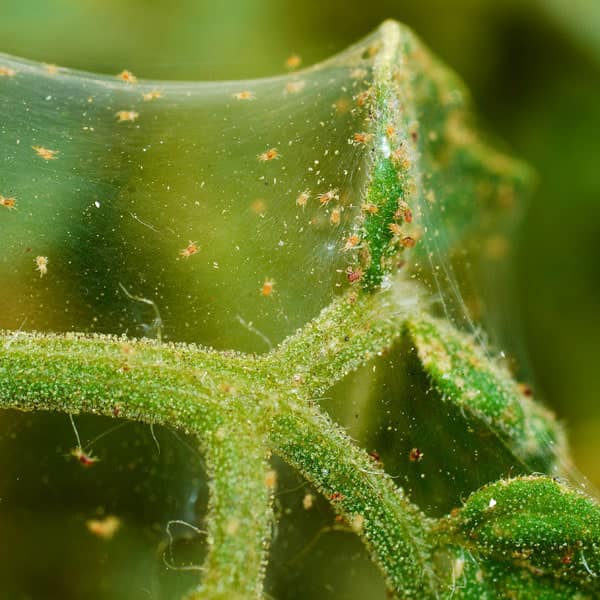
Spider mites are tiny pests that often infest tomato plants. They feed on the undersides of the leaves and puncture the cells of the stems and leaves, sucking out the plant juices. These pests can be identified by the silk webs they produce and their reddish color. Tiny red mites suck juices through punctures in cells. Leaves turn yellow and dry out. Knock off with water or use insecticidal soap/sulfur dusts. They thrive in hot, dry conditions.
4. Rats and Voles
Rodents such as rats and voles can also damage tomato plant stems. They may bite the stems, especially near the lower parts. These pests are usually more active at night and can be identified by their small bite marks. If you notice bite marks on both the stem and roots, you may be dealing with voles. Field mice, voles, rats, and squirrels gnaw on stems and roots. Use hardware cloth around bases of plants as barriers. Eliminate hiding spots. Trap persistent pests.
5. Stem Borers
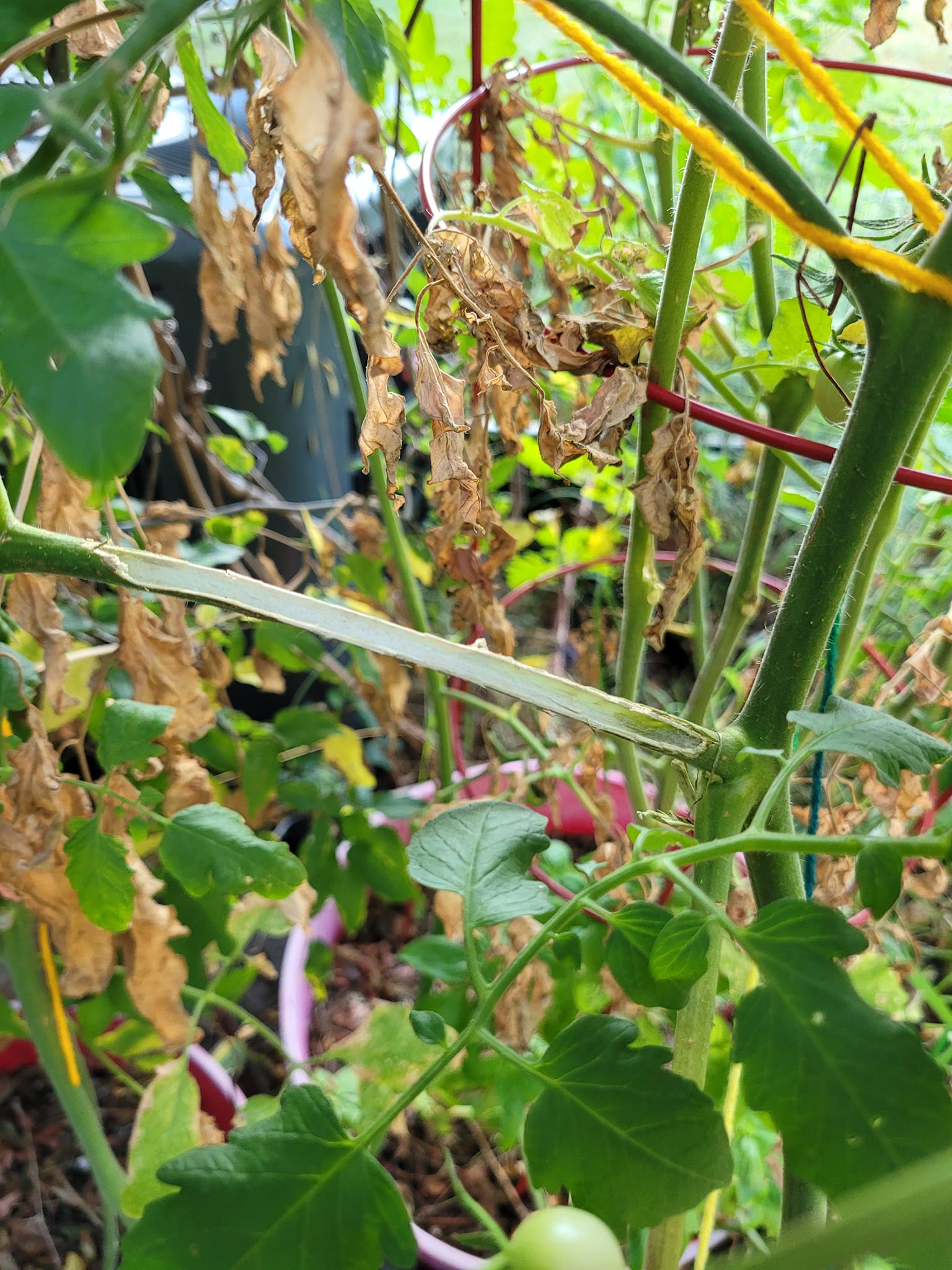
Stem borers are insects that lay their eggs on the surface of tomato plants. When the larvae hatch, they dig into the stem and feed on the juices and nutrients. Stem borers can be difficult to spot, but if your tomato plants are dying and you notice unusual holes inside the stems, it could be a sign of their presence. Larvae of some moths bore into stems creating holes and frass. Handpick eggs/larvae. Cover stems with aluminum foil to block egg laying.
6. Cutworms
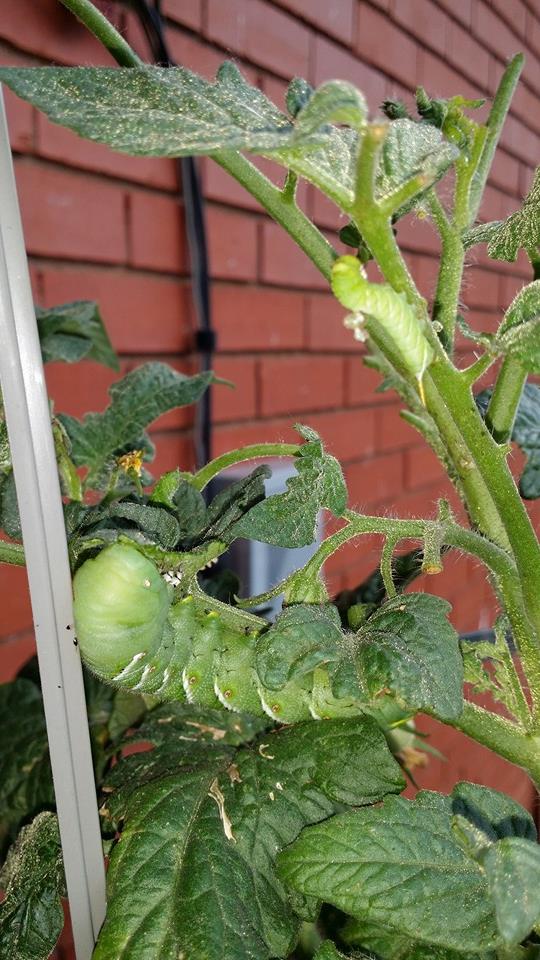
Cutworms are the larvae of click beetles and are a common pest of tomato plants, especially at night. They can eat every part of the tomato plant, including the stem. Cutworms bury themselves in the soil during the day, so you may need to monitor the root region of your tomatoes in the evening to find them. Plump, smooth caterpillars chew stems at soil level. Apply diatomaceous earth around bases of plants as a scratchy barrier. Use collars around stems.
7. Stink Bugs

Stink bugs are plant bugs that can cause minor damage to tomato plant stems and leaves. They are typically brown or gray and can be found on the leaves, mostly in the morning or noon. While they don’t transmit diseases to tomato plants, their feeding can weaken the plants. Shield-shaped bugs extract juices with piercing mouthparts. Knock off with jets of water. Attract beneficial insects like tachinid flies to parasitize them.
8. Rabbits
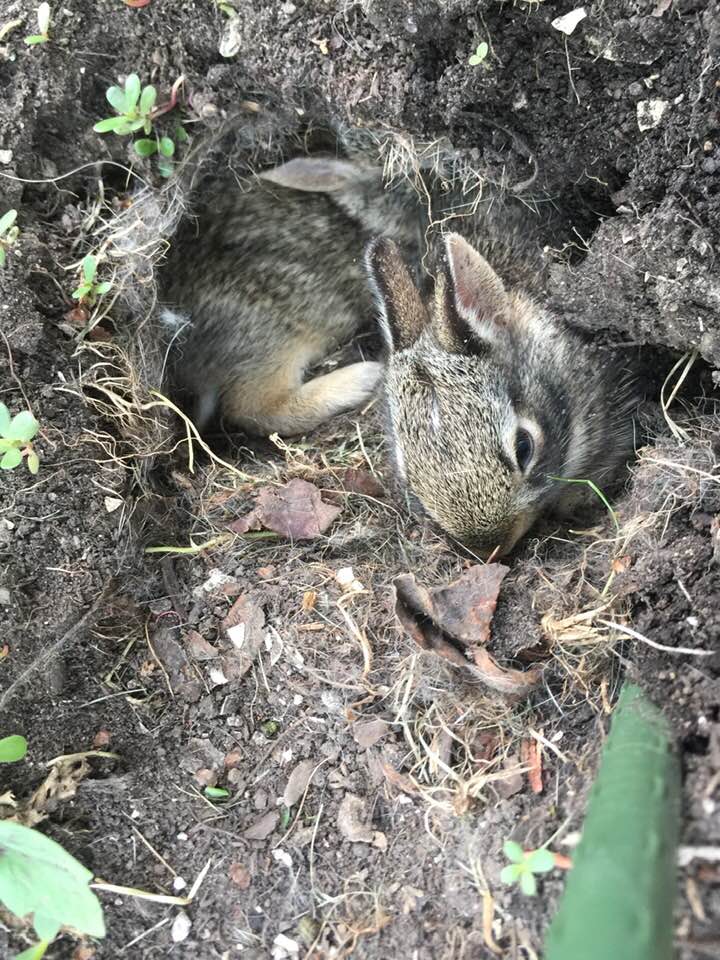
Rabbits are mammalian pests that can eat the fruits and stems of your tomatoes. However, they usually avoid eating too much of the stem due to its toxicity. To identify rabbit damage, look for their droppings on the ground. Rabbits can enter your garden through holes in the fence, so ensure your fence is secure. Rabbits nibble on lower stems and leaves. Fence gardens securely with small mesh openings. Use deterrent sprays made with hot pepper.
9. Tarnished Plant Bugs
Tarnished plant bugs are piercing-sucking insects that feed on the juices of tomato plants. While they don’t cause major damage, large populations can weaken the plants. These tiny golden brown true bugs suck nutrients from stems and flowers. Shake plants to dislodge them or spray insecticidal soap solution for control.
Strategies to Prevent Tomato Stems from Being Eaten
Now that you know the pests that can attack tomato plant stems, let’s discuss effective strategies to prevent them from causing damage. Here are some methods you can use:
1. Protect the Stem with Cardboard Rolls
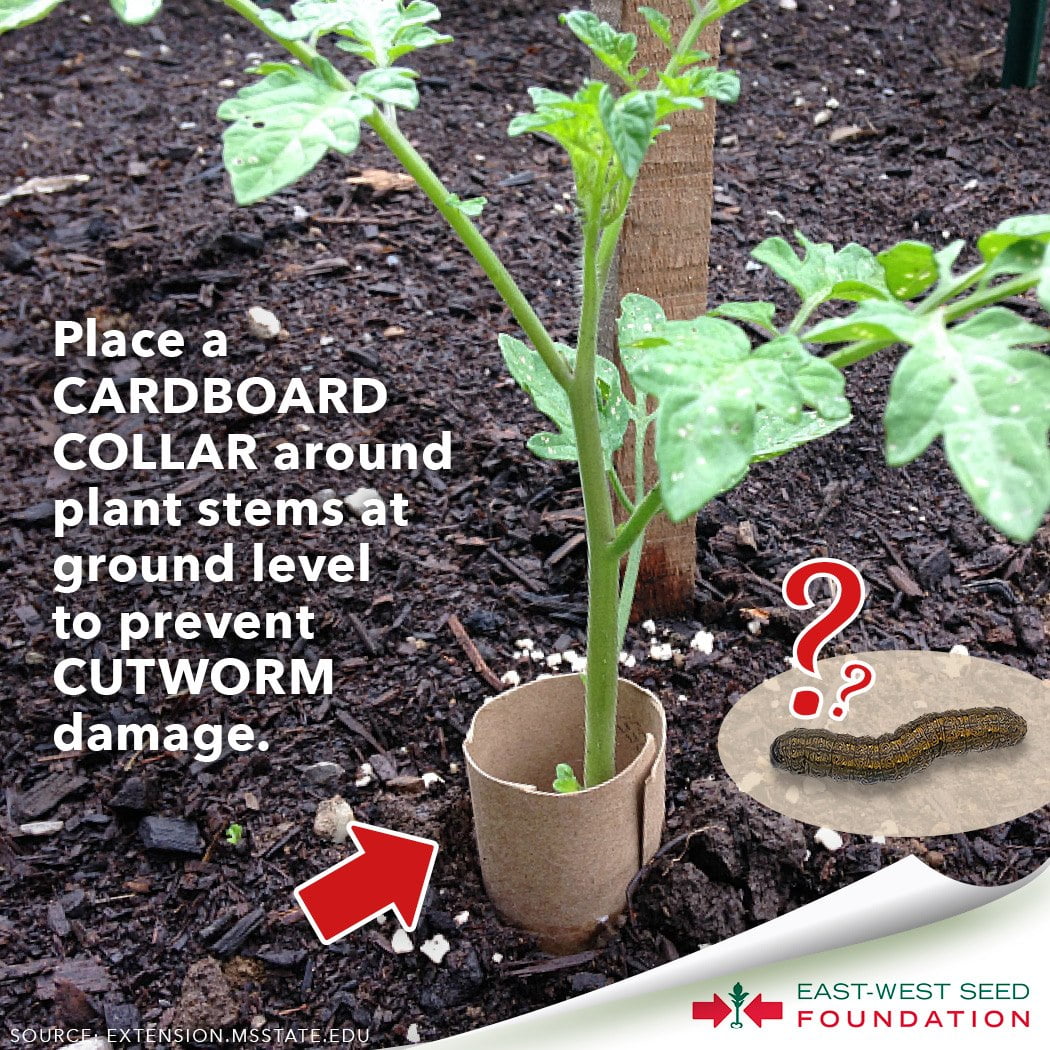
To protect your tomato stems from pests that attack from the ground, you can use cardboard rolls, such as toilet paper tubes. Cut open the tube and place it around the stem, ensuring that it reaches the soil. This will create a barrier that pests, like cutworms, cannot easily penetrate.
2. Introduce Farm Birds
Farm birds, such as chickens, ducks, and turkeys, can be effective in controlling pests in your tomato garden. They will eat insects like cutworms, beetles, and moths, reducing their populations. However, be mindful that these birds may also scratch the roots and peck at fruits and flowers, so monitor them carefully.
3. Use Diatomaceous Earth
Diatomaceous earth is a natural pest repellent that can protect your tomato plants. Spread it around the stems and leaves of your plants, as well as along the garden fence to prevent pests from entering. Make sure to use it sparingly and avoid direct contact with the roots.
4. Install Row Covers
Row covers can be an effective way to prevent pests from reaching your tomato plants. Install them before planting or transfering seedlings into your garden. Row covers not only protect against pests but also help to control weeds. However, keep in mind that row covers are temporary solutions and should be used in conjunction with other long-lasting methods.
5. Handpick and Dispose of Pests
If you spot pests on your tomato plants, such as beetles or caterpillars, you can handpick them and dispose of them. Regularly monitor your plants, particularly in the morning and noon, and remove any pests you find. This simple practice can significantly reduce pest populations.
6. Install a Secured Fence
A secure fence can prevent larger pests, such as deer, rabbits, and squirrels, from reaching your tomato plants. Use wooden posts or wire mesh fences to block their access. Regularly check the fence for any new holes or openings that pests can exploit.
7. Make Homemade Organic Pesticides
Homemade organic pesticides can be an effective alternative to chemical sprays. For example, neem oil extracted from neem seeds can repel flying pests when applied to the leaves. Pepper can also be used to repel mammalian pests. Research and identify the pests in your garden to find the best organic solution.
By implementing these preventive strategies, you can significantly reduce the chances of pests eating your tomato plant stems and ensure healthier plants.
Conclusion
In conclusion, identifying and controlling pests that eat tomato plant stems is crucial for a successful harvest. By familiarizing yourself with the common pests discussed in this article and employing the preventive strategies outlined, you can protect your tomato plants from damage. Remember to be vigilant, regularly inspect your plants, and take prompt action to address any pest issues that arise. With these measures in place, you can enjoy a bountiful tomato harvest. Happy gardening!
